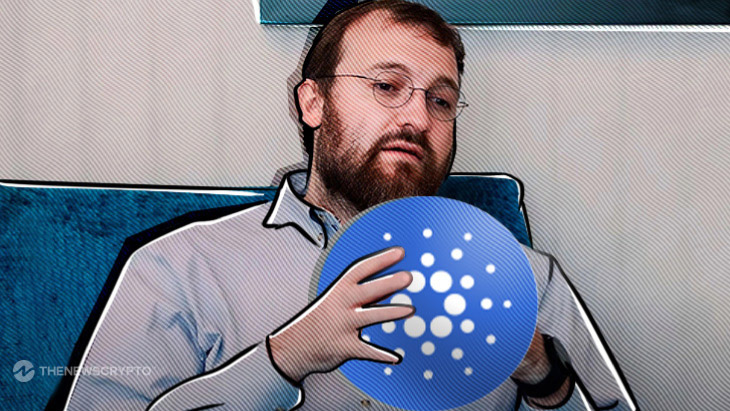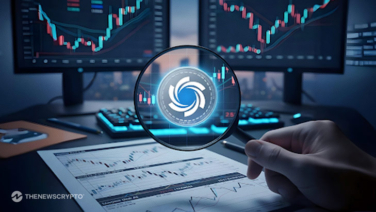- The scalability tool that Cardano has been developing over the last many years is Hydra.
- Hoskinson’s post on X was in reaction to one made by Dedium.
Charles Hoskinson, founder of Cardano, has once more brought attention to two blockchain characteristics that have the potential to expand the global financial operating system (OS).
Hoskinson’s post on X was in reaction to one made by Dedium, a Cardano-based decentralized GPU computing network. As an example of “the beauty of Cardano,” Dedium considered a single block with eight transactions that were billed to 1600 different receivers.
In light of these extensive and intricate transactions, Dedium brought attention to the 5.16 ADA (or around $2.38) transaction cost. It should be noted that the difficulty that blockchains have been attempting to tackle is how to achieve scalability, throughput, and speed while keeping fees low. It seems that no blockchain has worked out entirely, although according to Dedium’s post, Cardano is doing really well.
Boosting Scalability and Efficiency
Charles Hoskinson chimed in to say that the point of the blockchain is to make the idea of cheapness and scalability expand exponentially. He went on to say that the two most important breakthroughs in this regard are Cardano Hydra and Leios.
The main scalability tool that Cardano has been developing over the last many years is Hydra. Transactions are consolidated and executed offline using Hydra, and then synced when the system goes online. In an effort to prevent networks from being overloaded, this approach allows for many transactions to be processed on chain at once.
To further improve the efficiency and scalability of the network, Cardano developed the Ouroboros Leios. With the combined power of Hydra and Leios, Charles Hoskinson is certain that Cardano may be the foundation for a worldwide financial operating system.
Highlighted Crypto News Today:
Peter Schiff Calls Bitcoin ‘Dead’, Highlights Silver’s Outperformance








